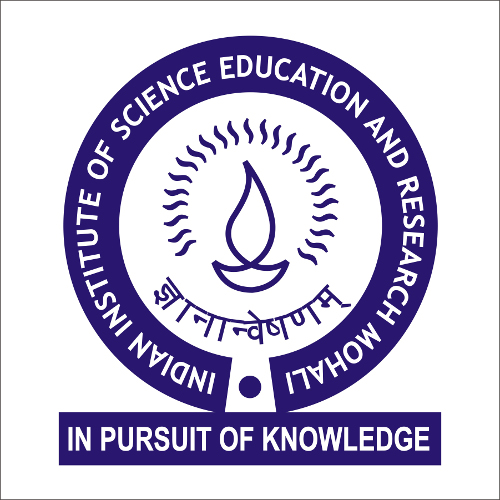Forthcoming Events
Spectroscopic properties in the time-independent and dependent framework of quantum chemistry
Dr. Supdip Sasmal (Faculty Candidate), Heidelberg University, Germany
Location : Online
Abstract: Achieving accurate calculations of spectroscopic properties requires a quantum mechanical framework.
This talk is divided into two parts. In the first part, I will discuss spectroscopic properties in the time-independent picture,
focusing on ground-state properties using Relativistic Coupled-Cluster methods.
Specifically, three molecules—PbF, RaF+, and HgH—have been identified for their significant
parity and time reversal violation, making them ideal for new-generation electron electric dipole experiments.
In the second part, the focus shifts to non-adiabatic quantum dynamics without the potential energy surfaces method. A first-principles quantum formalism is introduced, describing the non-adiabatic dynamics of electrons and nuclei through a second quantization representation (SQR) of electronic motion combined with the conventional representation of nuclear coordinates. The approach distinguishes all degrees of freedom, making it compatible with various tensor decomposition Ansätze for nuclear-electronic wavefunction propagation. Despite the quartic scaling issue in the number of Hamiltonian terms, three approaches are presented to represent the second-quantized electronic Hamiltonian in a sum-of-products form, enabling applications to larger molecular systems.
Meeting ID: 924 7106 3827
Passcode: 107292
In the second part, the focus shifts to non-adiabatic quantum dynamics without the potential energy surfaces method. A first-principles quantum formalism is introduced, describing the non-adiabatic dynamics of electrons and nuclei through a second quantization representation (SQR) of electronic motion combined with the conventional representation of nuclear coordinates. The approach distinguishes all degrees of freedom, making it compatible with various tensor decomposition Ansätze for nuclear-electronic wavefunction propagation. Despite the quartic scaling issue in the number of Hamiltonian terms, three approaches are presented to represent the second-quantized electronic Hamiltonian in a sum-of-products form, enabling applications to larger molecular systems.
Meeting ID: 924 7106 3827
Passcode: 107292

